
Oscar Zariski was a Russian-born American mathematician and one of the most influential algebraic geometers of the 20th century.
In mathematics, Serre's multiplicity conjectures, named after Jean-Pierre Serre, are certain purely algebraic problems, in commutative algebra, motivated by the needs of algebraic geometry. Since André Weil's initial definition of intersection numbers, around 1949, there had been a question of how to provide a more flexible and computable theory.

Jean Alexandre Eugène Dieudonné was a French mathematician, notable for research in abstract algebra, algebraic geometry, and functional analysis, for close involvement with the Nicolas Bourbaki pseudonymous group and the Éléments de géométrie algébrique project of Alexander Grothendieck, and as a historian of mathematics, particularly in the fields of functional analysis and algebraic topology. His work on the classical groups, and on formal groups, introducing what now are called Dieudonné modules, had a major effect on those fields.

Yuri Ivanovich Manin is a Russian mathematician, known for work in algebraic geometry and diophantine geometry, and many expository works ranging from mathematical logic to theoretical physics. Moreover, Manin was one of the first to propose the idea of a quantum computer in 1980 with his book Computable and Uncomputable.
Joseph Hillel Silverman is a professor of mathematics at Brown University working in arithmetic geometry, arithmetic dynamics, and cryptography.
In mathematics, Clifford's theorem on special divisors is a result of William K. Clifford (1878) on algebraic curves, showing the constraints on special linear systems on a curve C.
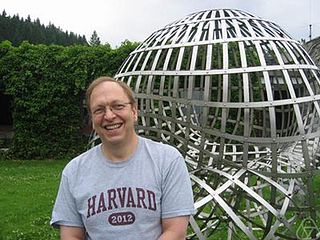
Joseph Daniel Harris is a mathematician at Harvard University working in the field of algebraic geometry. After earning an AB from Harvard College, he continued at Harvard to study for a PhD under Phillip Griffiths.
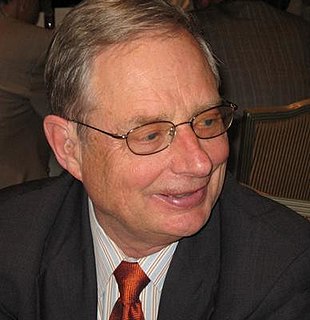
Phillip Augustus Griffiths IV is an American mathematician, known for his work in the field of geometry, and in particular for the complex manifold approach to algebraic geometry. He was a major developer in particular of the theory of variation of Hodge structure in Hodge theory and moduli theory. He also worked on partial differential equations, coauthored with Shiing-Shen Chern, Robert Bryant and Robert Gardner on Exterior Differential Systems.

Robin Cope Hartshorne is an American mathematician who is known for his work in algebraic geometry.

Claire Voisin is a French mathematician known for her work in algebraic geometry. She is a member of the French Academy of Sciences and holds the chair of Algebraic Geometry at the Collège de France.

John Colin Stillwell is an Australian mathematician on the faculties of the University of San Francisco and Monash University.
In algebraic geometry, the Castelnuovo–Mumford regularity of a coherent sheaf F over projective space Pn is the smallest integer r such that it is r-regular, meaning that
In mathematics, the Hilbert–Burch theorem describes the structure of some free resolutions of a quotient of a local or graded ring in the case that the quotient has projective dimension 2. Hilbert (1890) proved a version of this theorem for polynomial rings, and Burch (1968, p. 944) proved a more general version. Several other authors later rediscovered and published variations of this theorem. Eisenbud gives a statement and proof.
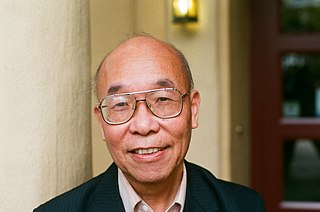
Tsit Yuen Lam is a Hong Kong-American mathematician specializing in algebra, especially ring theory and quadratic forms.
Nolan Russell Wallach is a mathematician known for work in the representation theory of reductive algebraic groups. He is the author of the 2-volume treatise Real Reductive Groups.
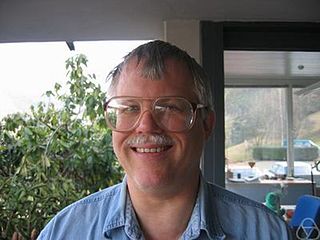
Charles Alexander Weibel is an American mathematician working on algebraic K-theory, algebraic geometry and homological algebra.
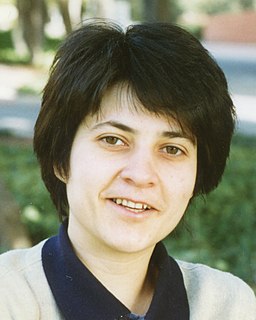
Irena Vassileva Peeva is a professor of mathematics at Cornell University, specializing in commutative algebra. She disproved the Eisenbud–Goto regularity conjecture jointly with Jason McCullough.

Mark Lee Green is an American mathematician, who does research in commutative algebra, algebraic geometry, Hodge theory, differential geometry, and the theory of several complex variables. He is known for Green's Conjecture on syzygies of canonical curves.
Radha Kessar is an Indian mathematician known for her research in the representation theory of finite groups. She is a professor of mathematics at the University of Manchester, and in 2009 won the Berwick Prize of the London Mathematical Society.

Frank-Olaf Schreyer is a German mathematician, specializing in algebraic geometry and algorithmic algebraic geometry.













